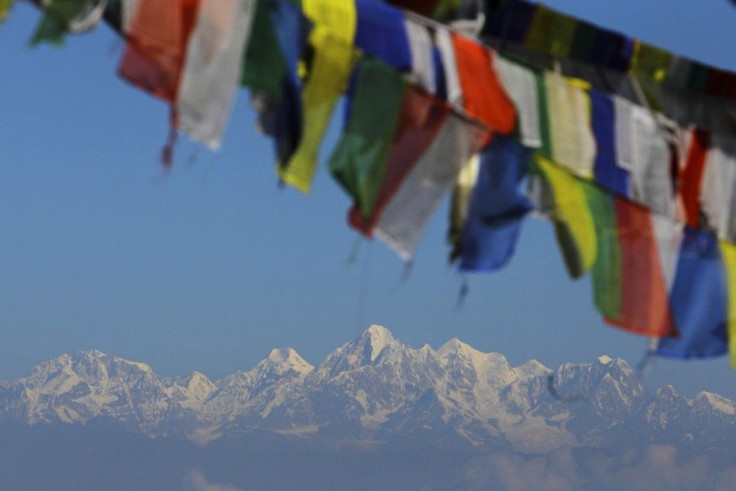Nepal Travel Warning Lifted by US

The United States has lifted its nearly year-old travel advisory against visiting Nepal, citing improved conditions in the Himalayan heartland.
The warning, issued in January, cautioned of potential political demonstrations, unrest, and security issues when traveling within Nepal by road and air. In light of improved conditions, the U.S. Department of State cancelled the warning.
Incidents of political violence and the threat to U.S. citizens have significantly decreased and the political situation is stabilizing, the DOS said.
Nepal has struggled to recover from nearly two decades of communist insurgency that ended in 2006 only to be followed by further political instability.
A long drawn-out and bloody insurgence of Maoist rebels plagued the countryside [SINCE WHEN?] while equally violent military retaliation resulted in hundreds of deaths. The republic teetered between monarchy and democracy while going through spells of having no effective government whatsoever. Yet, the most disturbing event happened in 2001.
The 2001 Nepalese Royal Massacre played out like a Shakespearean play. At the grounds of the Narayanhity Royal Palace, Prince Dipendra, heir to the throne, killed nine members of his own family, including King Birendra and Queen Aiswarya (his father and mother) before shooting himself in the head. While in a coma, the unconscious murder was named the new king of Nepal and reined the country for three days until his death.
The killer's unpopular uncle became King Gyanendra and dismantled parliament, assuming direct control over the country by 2005. By 2007, the monarchy was officially abolished by a new parliament, but the country's instability remained a daily topic.
2011 is the year of tourism in Nepal, though political instability and travel warnings have scared many tourists away from the picturesque republic.
Nevertheless, hundreds of thousands of tourists come to the mountainous nation to trek the Himalayan peaks each year.
Over 35,000 U.S. citizens arrived in Nepal by air between January 2011 and November 2011. Slightly less than neighboring India and China, the U.S. contributes a substantial portion of Nepal's tourism revenue. With the U.S. travel warning cancelled, the nation will likely see a much needed boost in visitors.
READ ALSO:
Unraveling the Mystique of Kathmandu, Nepal
How Tall is Mount Everest? Nepal Aims to Settle Dispute with China
© Copyright IBTimes 2024. All rights reserved.






















